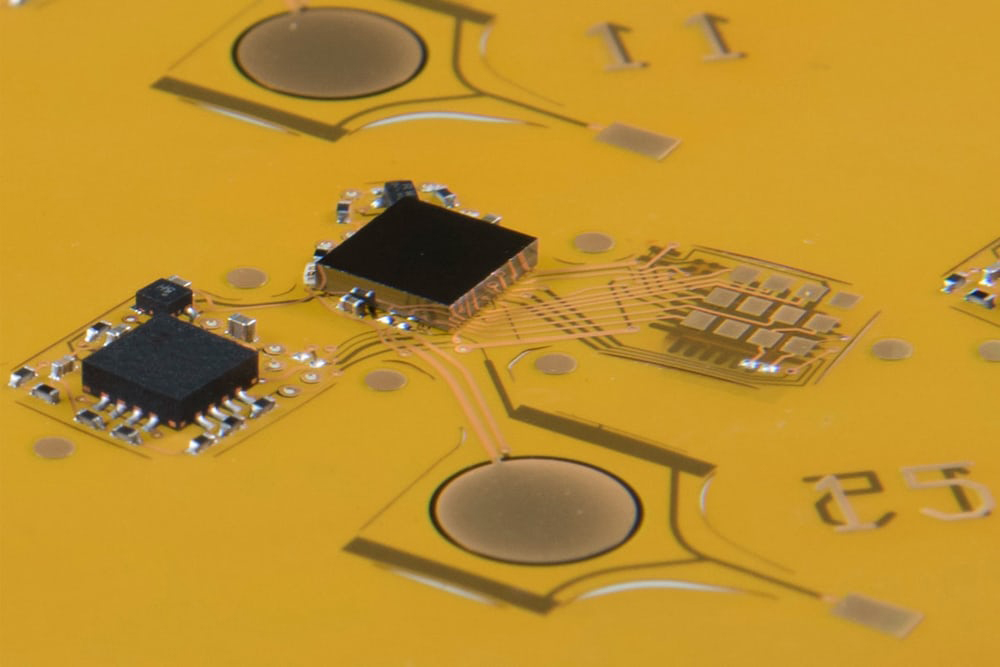RoboDragonfly: Tiny Backpack Turns Insect into a Cyborg

Scientists look to flying animals — birds, bats and insects — for inspiration when they design airborne drones. But researchers are also investigating how to use technology to interact with, and even guide, animals as they fly, enhancing the unique adaptations that allow them to take to the air.
To that end, engineers have fitted dragonflies with tiny, backpack-mounted controllers that issue commands directly to the neurons controlling the insects' flight.
This project, known as DragonflEye, uses optogenetics, a technique that employs light to transmit signals to neurons. And researchers have genetically modified dragonfly neurons to make them more light-sensitive, and thereby easier to control through measured light pulses. [7 Animals That Wore Backpacks for Science]
Dragonflies have large heads, long bodies and two pairs of wings that don't always flap in sync, according to a 2007 study published in the journal Physical Review Letters. The study authors found that dragonflies maximize their lift when they flap both sets of wings together, and they hover by flapping their wing pairs out of synch, though at the same rate.
Meanwhile, separate muscles controlling each of their four wings allow dragonflies to dart, hover and turn on a dime with exceptional precision, scientists found in 2014. Researchers used high-speed video footage to track dragonfly flight and build computer models to better understand the insects' complex maneuvers, presenting their findings at the 67th Annual Division of Fluid Dynamics meeting, according to a statement released by the American Physical Society in November 2014.
DragonflEye sees these tiny flight masters as potentially controllable flyers that would be "smaller, lighter and stealthier than anything else that's manmade," Jesse Wheeler, a biomedical engineer at the Charles Stark Draper Laboratory (CSDL) in Massachusetts and principal investigator on the DragonflEye program, said in a statement.
The project is a collaboration between the CSDL, which has been developing the backpack that controls the dragonfly, and the Howard Hughes Medical Institute (HHMI), where experts are identifying and enhancing "steering" neurons located in the dragonfly's nerve cord, inserting genes that make it more responsive to light.
Get the world’s most fascinating discoveries delivered straight to your inbox.
"This system pushes the boundaries of energy harvesting, motion sensing, algorithms, miniaturization and optogenetics, all in a system small enough for an insect to wear," Wheeler said.
Even smaller than the dragonfly backpack are components created by CSDL called optrodes — optical fibers supple enough to wrap around the dragonfly's nerve cord, so that engineers can target only the neurons related to flight, CSDL representatives explained in a statement.
And in addition to controlling insect flight, the tiny, flexible optrodes could have applications in human medicine, Wheeler added.
"Someday these same tools could advance medical treatments in humans, resulting in more effective therapies with fewer side effects," Wheeler said. "Our flexible optrode technology provides a new solution to enable miniaturized diagnostics, safely access smaller neural targets and deliver higher precision therapies."
Original article on Live Science.

Mindy Weisberger is a science journalist and author of "Rise of the Zombie Bugs: The Surprising Science of Parasitic Mind-Control" (Hopkins Press). She formerly edited for Scholastic and was a channel editor and senior writer for Live Science. She has reported on general science, covering climate change, paleontology, biology and space. Mindy studied film at Columbia University; prior to LS, she produced, wrote and directed media for the American Museum of Natural History in NYC. Her videos about dinosaurs, astrophysics, biodiversity and evolution appear in museums and science centers worldwide, earning awards such as the CINE Golden Eagle and the Communicator Award of Excellence. Her writing has also appeared in Scientific American, The Washington Post, How It Works Magazine and CNN.
 Live Science Plus
Live Science Plus







